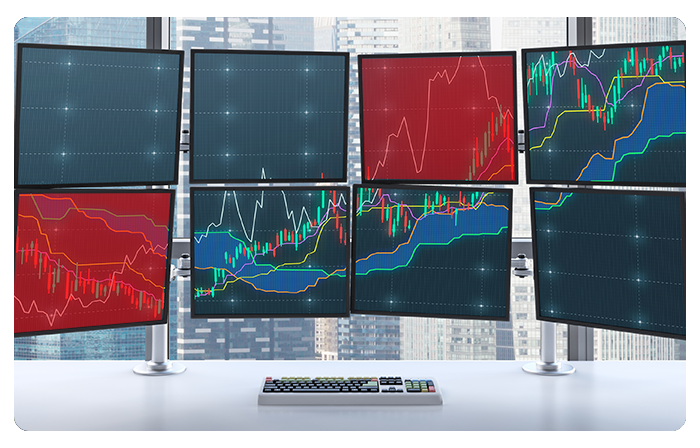A Channel is a pattern in a stock chart that consists of two parallel trendlines that form a sideways trading range for the price of a security. In technical analysis, channels are used to identify periods of consolidation in the market, and to make predictions about future price movements.
Channels can be upward or downward, depending on the direction of the trendlines. Upward channels are created by connecting two or more high points and two or more low points on a chart, with the trendlines running parallel to each other in an upward direction. Downward channels are created by connecting two or more high points and two or more low points on a chart, with the trendlines running parallel to each other in a downward direction.
The upper trendline of an upward channel represents a level of resistance, while the lower trendline represents a level of support. The reverse is true for downward channels. If the price of a security moves outside of the channel, it is often considered a breakout and is interpreted as a bullish or bearish signal, depending on the direction of the breakout.
Channels are a widely used tool in technical analysis and can provide valuable information about the direction and strength of a trend. However, it is important to keep in mind that channels are not always absolute, and that price movements can sometimes break through the trendlines, leading to significant changes in market sentiment and investment strategies.
In this lesson the breakouts from channels and the target price calculation is described.

























